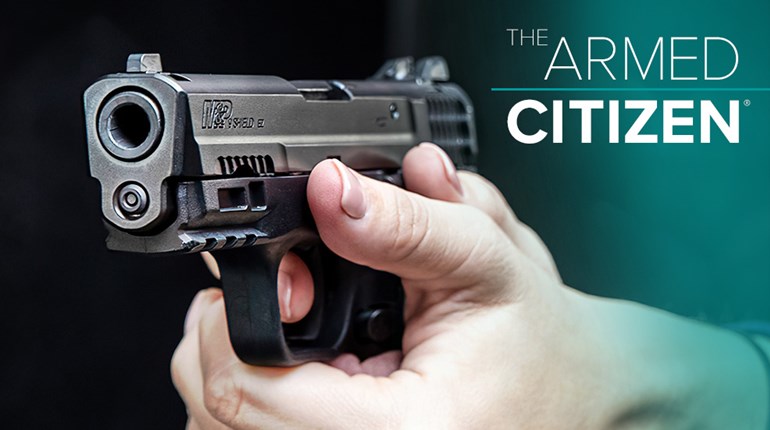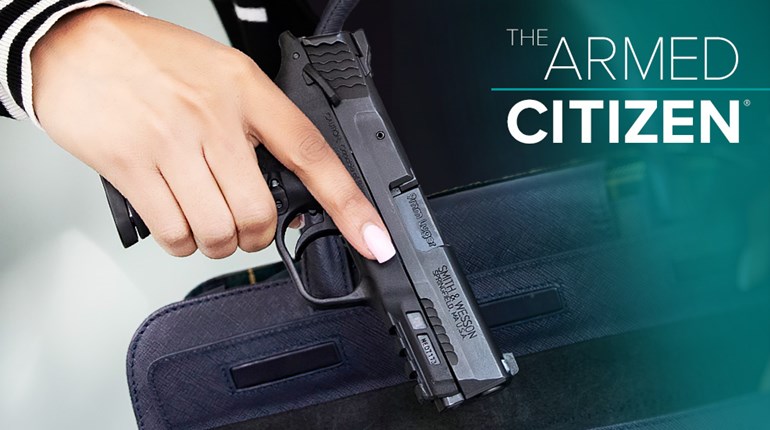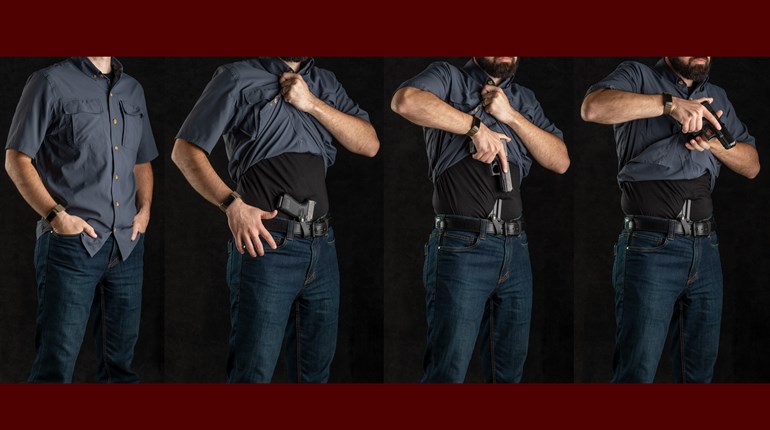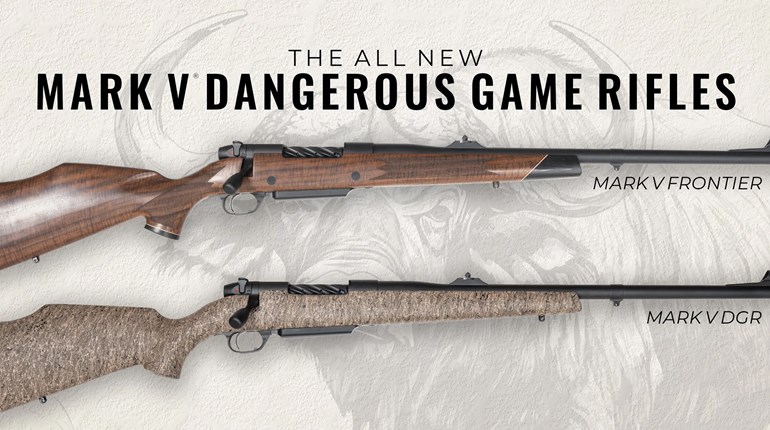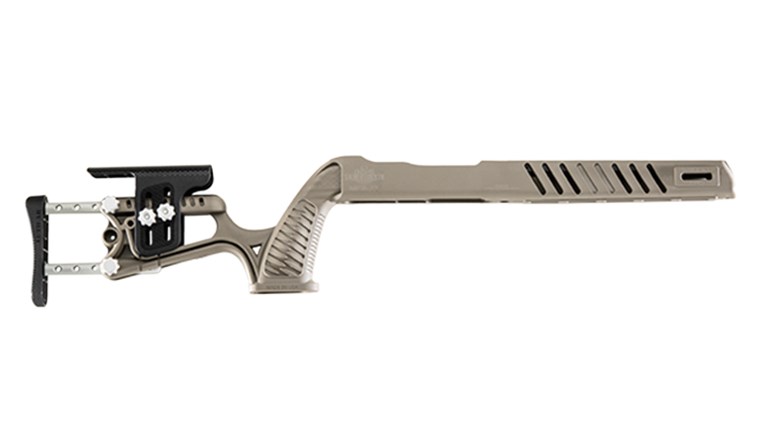** When you buy products through the links on our site, we may earn a commission that supports NRA's mission to protect, preserve and defend the Second Amendment. **
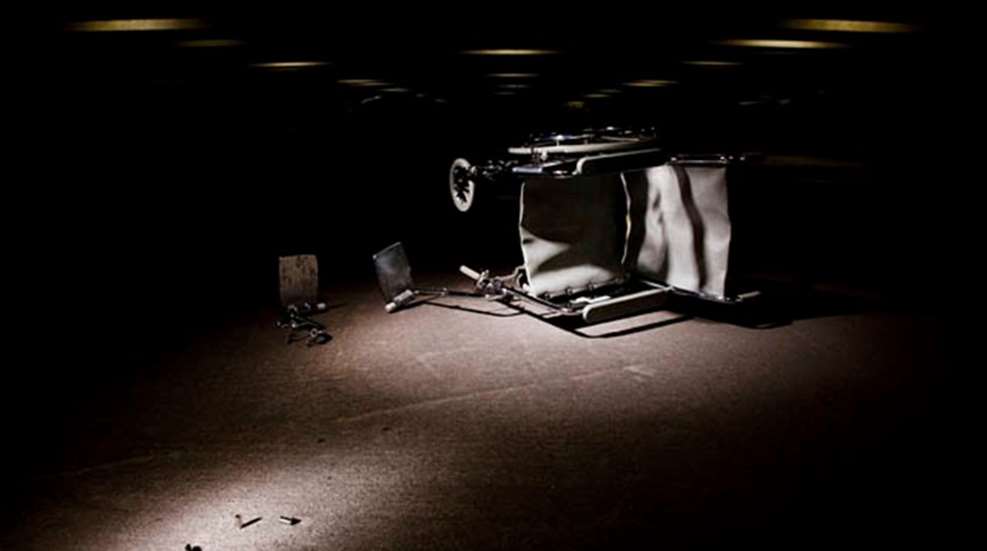
Disabled citizens who choose to carry a concealed firearm do so for very good reasons; disabled folks often look like easy targets to criminals. But when it comes to CCW while in a wheelchair, the user has more to consider than their able-bodied counterparts. One thing that's key is holster selection. Like firearm selection, your choice will rely on the your intentions, experience level and comfort. Other factors include the holster’s limitations and capabilities when taken in combination with the specifications of the user’s wheelchair. All of these considerations make concealment in a wheelchair seem like an impossible mission, but this section will present some simple adjustments to holster wear that may help with concealment and comfort while maintaining mobility and accessibility. There are three things to look for:
1. Leather Construction
The benefit of leather construction is a decreased risk of skin injury from rough or sharp edges. Holsters made of Kydex and other plastics are highly versatile and can accommodate all types of firearms, but should be used with caution. Their rigid structure and modular designs can result in exposed fasteners, sharp angles and plastic burrs. A good compromise is the hybrid holster which places a more pliable material like leather against the body while taking advantage of the excellent shaping properties of plastics to hold the pistol. This is not to suggest that leather is the solution to all problems. Any device strapped to the body has the potential to create areas of increased pressure so, depending upon the level of intact sensation, the user must be vigilant in their skin care protocols to avoid any unnecessary and unpleasant complications.
2. Solid Retention
For the purposes of this article, "retention" refers to the holster's innate ability to keep the gun secure. Retention in a holster can be achieved through any number of clever mechanisms. Some designs rely solely on the snug fit and contour of the holster, while others have switches or levers that attach to some component of the firearm and must be actively released before the pistol can be drawn from the holster. The average user will not require the maximum level of retention, but the holster should withstand routine contact with components of the wheelchair during normal motion and activity—as well as an occasional jarring transfer. This is why the typical concealed carrier has a box or drawer somewhere in their home that is full of holsters. Some may have received excellent reviews online or looked pretty cool at the gunshow, but never worked with their lifestyle. Others may work perfectly but only in specific conditions—with a certain firearm or in warmer weather.
3. Detaches As a Unit
A holster that detaches from an anchor point on the wearer’s belt, chair or other location is an adaptation that will dramatically increase safety when carrying a concealed firearm. This will allow the wearer to remove the holster and firearm as a unit during bathroom breaks and transfers. Consider all of the steps taken when an individual who chooses to carry their firearm off-body transfers from their wheelchair into a vehicle. Without a detachable holster, the individual would have three options: leave the firearm in the holster mounted to their chair; completely remove the holster and firearm from the mounting location; or unholster their firearm before relocating it to a secure place within their vehicle. Leaving the firearm behind while performing transfers violates a central tenet of concealed carry by creating a window of time where that firearm is out of the user’s immediate control. Removing the holster and gun from the mounting location would likely be time consuming and require the use of tools. Unholstering of a pistol in a public place other than a firing range should be reserved for only the gravest of situations. Any of the aforementioned activities could result in the unwanted interest from passers-by or law enforcement. Worse, unholstering increases the likelihood of a negligent discharge. A detachable holster would prevent these complications by allowing the individual to detach the holster—with the firearm contained safely inside—from the anchor point on their chair, then move it to a similar anchor point within the vehicle.
1. Leather Construction
The benefit of leather construction is a decreased risk of skin injury from rough or sharp edges. Holsters made of Kydex and other plastics are highly versatile and can accommodate all types of firearms, but should be used with caution. Their rigid structure and modular designs can result in exposed fasteners, sharp angles and plastic burrs. A good compromise is the hybrid holster which places a more pliable material like leather against the body while taking advantage of the excellent shaping properties of plastics to hold the pistol. This is not to suggest that leather is the solution to all problems. Any device strapped to the body has the potential to create areas of increased pressure so, depending upon the level of intact sensation, the user must be vigilant in their skin care protocols to avoid any unnecessary and unpleasant complications.
2. Solid Retention
For the purposes of this article, "retention" refers to the holster's innate ability to keep the gun secure. Retention in a holster can be achieved through any number of clever mechanisms. Some designs rely solely on the snug fit and contour of the holster, while others have switches or levers that attach to some component of the firearm and must be actively released before the pistol can be drawn from the holster. The average user will not require the maximum level of retention, but the holster should withstand routine contact with components of the wheelchair during normal motion and activity—as well as an occasional jarring transfer. This is why the typical concealed carrier has a box or drawer somewhere in their home that is full of holsters. Some may have received excellent reviews online or looked pretty cool at the gunshow, but never worked with their lifestyle. Others may work perfectly but only in specific conditions—with a certain firearm or in warmer weather.
3. Detaches As a Unit
A holster that detaches from an anchor point on the wearer’s belt, chair or other location is an adaptation that will dramatically increase safety when carrying a concealed firearm. This will allow the wearer to remove the holster and firearm as a unit during bathroom breaks and transfers. Consider all of the steps taken when an individual who chooses to carry their firearm off-body transfers from their wheelchair into a vehicle. Without a detachable holster, the individual would have three options: leave the firearm in the holster mounted to their chair; completely remove the holster and firearm from the mounting location; or unholster their firearm before relocating it to a secure place within their vehicle. Leaving the firearm behind while performing transfers violates a central tenet of concealed carry by creating a window of time where that firearm is out of the user’s immediate control. Removing the holster and gun from the mounting location would likely be time consuming and require the use of tools. Unholstering of a pistol in a public place other than a firing range should be reserved for only the gravest of situations. Any of the aforementioned activities could result in the unwanted interest from passers-by or law enforcement. Worse, unholstering increases the likelihood of a negligent discharge. A detachable holster would prevent these complications by allowing the individual to detach the holster—with the firearm contained safely inside—from the anchor point on their chair, then move it to a similar anchor point within the vehicle.














